|
Since 2000, 1.8 billion people have gained access to basic drinking water services. This is a tremendous accomplishment made possible by the collaboration of organisations all over the world to highlight inequalities and raise awareness about vulnerable groups who are dangerously susceptible to water-related illnesses. Despite the immense efforts to make an impact, 1 in 3 people across the globe still do not have safely managed drinking water. We’ve decided to write a series of blogs spotlighting countries all over the world that are still suffering grave inadequacies during this water crisis. Our first blog focuses on The Philippines. Home to some of the most beautiful beaches on the planet, The Philippines are visited by roughly 8.2 million tourists each year (except this one) who may not realise the severe water challenges widespread across the country. Bottled water is readily available in these vacation hot spots, but out of sight are the 7 million people Filippinos who still consume and utilise water from unsafe and unsustainable sources. In addition to this figure, 24 million people in the Philippines also lack access to improved sanitation, which causes extreme susceptibility to water-borne diseases and life-threatening illnesses.
We’re also using our online platforms to share the unavoidable causes for the water shortage and the detrimental consequences that have been further aggravated by the COVID-19 virus. Additionally, we present some sustainable solutions to provoke thought and exploration to work towards creating a better future for the Filippino populations still suffering from the water crisis. The water supply Of the 7,100 islands in the Pacific, inhabitants are scattered across 2,000 of them, with their own systems and supplies of water, healthcare and sanitation. According to the World Health Organization, 1 in 10 people in the Philippines still do not have access to improved water sources, but the government is working to achieve universal coverage for water by 2028. This basic human right has not been attained for a variety of reasons; insufficient water distribution, expensive infrastructure, and even the weather. While financial challenges remain a large obstacle, until recently there was no single designated lead agency for the WASH sector, and, as you can imagine, strategic coordination across thousands of islands is no easy feat. Without a lead agency, development, operations, regulation and accountability were all weakly managed, with each province separately battling their own set of challenges. Over the years, the quality of water in the Philippines has worsened, predominantly in densely populated areas and regions of industrial and agricultural activity. These changes make it increasingly difficult for communities living in urban areas to gain access to sufficiently clean and safe water for everyday use. Furthermore, Filipino residents living in rural areas have a higher chance in consuming water from an unimproved source as compared to those living in urban communities. In addition, their existing water supplies are not fully utilised and optimised to provide clean water to meet the demands of a growing population. The Philippines government reported that only 36 percent of its rivers are classified as public water supply sources, and only 42 percent of its groundwater is free from contamination. Based on an Annual Poverty Indicators Survey, 94 percent of Filipino families have access to improved water sources, and around 77 percent of these families do not implement additional water treatment processes to guarantee the safety of their water sources. The top 3 water sources in the Philippines are: water refilling station/bottled water/sachet water; piped into dwelling; and, tube well/borehole. While it's a success that a high majority of the population has access to improved water, individuals rely on purchasing their water from commercial sources which can account for a high percentage of the average Filippino’s monthly wage. This systems allows for the price of clean water to be more expensive for those who can’t afford it. In order to purchase bottled water, some families have to make tough decisions on other necessities they must go without. The unforgiving phenomenon: El Niño El Niño is a climate pattern which reflects the unusual warming of surface waters in the eastern tropical Pacific Ocean. It causes droughts in some countries, and severe rainstorms in others. The Philippines have been in a constant battle with the threat of severe weather conditions known as El Niño since early 2015, and this powerful force of nature could worsen the inequity they already face. El Niño is the primary culprit for the dry seasons and severe droughts that occur in the Philippines each year causing water sources to dry up in some provinces as they experience tough dry spell conditions from March till June. Many Filipinos obtain their water from a municipal supply derived from dams built across surface water sources such as streams, rivers, or estuaries. Other than serving its purpose to provide water for human consumption, the dams are also used for irrigation and the generation of hydroelectric power.
Furthermore, some regions also experience power shortages due to the hydroelectric dams’ inability to function when there is a decline in water levels. With the uncertainty of El Niño, and the sheer damage it is able to cause, the call exists for a more robust system of water management to account for potential droughts and to weather-proof their water supply. Troubles for Metro Manila Metro Manila, home to more than 13 million residents, is heavily reliant on the Angat Dam as their main source for clean and safe water. The city's water provider, Manila Water, draws up to 1.6 billion litres from the dam each day. In recent years this number has increased to 1.75 billion litres everyday to accommodate the growing population. As cities continue to develop, the demand for resources increases; with a limited supply of natural water, the challenge of providing adequate water and sanitation services surges.
As a result, Manila Water was unable to draw a sufficient volume of water, severely impacting the city’s supply. The unexpected and unpredictable consequences of El Niño demonstrate that heavy reliance on surface water such as rivers, lakes and groundwater may not be sustainable for Metro Manila going forward. Health consequences of water shortage in Metro Manila With the rapid growth in population and the decline in water supply, Filipinos have had no choice but to rely on extremely expensive bottled water or unsafe and potentially contaminated water sources. Insufficient and unsustainable water sources can cause severe health consequences. In addition to the potentially life threatening water-related diseases that we cover in our past blog, limited access to clean water also hinders the ability to maintain good standards of personal hygiene like frequent handwashing. As water must be prioritized for drinking, the simple but extremely important act of handwashing may be foregone to avoid dehydration. Utensils may not be washed thoroughly, or water may be used more than once to make the most of it, unknowingly increasing the likelihood of potential pathogens.
Lack of water worsens the pandemic situation Today, the number of COVID-19 cases in the Philippines is still on the rise, ranking 20th in the world just below Indonesia. Metro Manila makes up almost 50 percent of the total number of cases in the Philippines alone, however, these figures might not be an accurate reflection or representation of the number of people that are infected. The number of reported COVID-19 cases can be deceiving due to the fact that cases can only be reported when people are tested, and it is highly likely that testing has not been widespread enough to capture all of the actual cases. The majority of us here at Wateroam have been working from home for over 8 months in an effort to minimize human contact and the spread of the deadly virus. With the lack of access to clean and safe water, isolation and social distancing is a privilege that is unaffordable for marginalised communities in the densely populated city of Manila. Some communities live in overcrowded neighborhoods which provide the perfect storm for infectious disease transmissions as there is insufficient space for people to walk spaciously in the narrow passages between homes.
Ultimately, the safety of communities living in low income settlements is threatened as basic infrastructure to protect them from the virus does not exist. This holds true across the globe, even in the most developed of countries. According to an article published by the Guardian, the top five most crowded areas of the UK have had 70% more reported cases than the five-least crowded areas in the country. Apart from not being able to social distance in extremely crowded areas, the lack of access to safe water, sanitation and proper hygiene care aggravates the COVID-19 situation even further, threatening the health and safety of vulnerable communities that are living in poor housing conditions. Solving the water scarcity issue Following the backlash and complaints from customers caused by the depleting water source, the Metropolitan Waterworks and Sewerage System (MWSS) recognises the urgency to improve water sources in Metro Manila. MWSS, is an agency that manages two water concessionaires in Metro Manila, one being Manila Water. In efforts to solve the prevalent issue, MWSS has reactivated existing deepwells and constructed new ones. In addition, the agency also commenced the operations of the Cardona Water Treatment Plant to provide an adequate water supply to the growing population. Despite its clear aim to provide a higher supply of clean water, the solutions in place may not be sustainable in the long run, in particular, the rehabilitation and creation of deepwells. Deepwells are constructed to provide access to groundwater, as groundwater is considered to be the largest source of usable water in the world, making it incredibly precious. As MWSS is relying on deepwells to supplement the existing water source, a few complications can arise from this approach.
Groundwater can be found in saturated zones beneath the land surface, the upper surface of the saturated zone is called the water table. In order to obtain groundwater, the water must be extracted or pumped from a well that reaches below the water table. When the groundwater level excessively decreases, the wells would not be able to reach the groundwater, demonstrating the continuing need to deepen the well or even drill a new one. This implies that groundwater would be inaccessible when existing wells are used, highlighting the constant need to adapt to the changes in the level of the groundwater table which may require extensive resources. Sustainable solutions for water collection Countries like water-scarce Singapore have been successful in overcoming its water shortage issues by introducing different national taps. We wrote an entire blog about the interesting and innovative tactics they used which you can read here. The 1st tap is water from local catchment and the building of reservoirs while the 4th and final tap is desalinated water. A feasible solution that could offer the Philippines a more sustainable water supply might be water from large scale local catchment or rain water harvesting. The objective of this system is to collect and store rainwater in a central collection point before treating it and ultimately, providing water for potable consumption. Without a proper catchment system, most of the precious rain water will be wasted. This provides an opportunity for the Philippines to leverage on an untapped water source in abundance during the rainy season; with proper collection and storage, the Philippines could also rely on this throughout the year, eliminating sole reliance on deepwells, dams and treatment plants as the main supply of clean and safe water. Another potentially reliable water source is the desalination of seawater. Through the use of advanced membrane technology, The Philippines’ abundant supply of seawater can be turned into clean water that is safe for consumption. Although a weather-resilient water source like desalinated water is ideal for the Philippines, it is not viable yet due its core qualities of being resource-intensive and extremely expensive. According to MWSS’ chief regulator, desalinated water would not be affordable for its average and low earner demographic, therefore making this an unrealistic option for widespread use. Should this technology be adopted, the price of water would more than double compared to what it is today. In the future, once the price of this technology becomes more affordable, The Philippines could consider desalination of seawater as an opportunity to offer a more sustainable future for its citizens; however, until then, a more traditional method of water collection and management must be considered to safeguard the national water supply through the unpredictable seasonal challenges El Niño brings each year. Water supplies during disaster season As we mentioned earlier, we've been working to increase our presence in the Philippines to help bring clean water to those in need. As you've seen, there is a high percentage of Filipinos with access to improved water, but it is not always affordable and it is not always reliable. We've discussed the 'water crisis' that occurs during El Niño, but we haven't talked about the number of natural catastrophes that occur annually in the Philippines, wiping out access to existing water supplies during the acute phases of a disaster. Typhoons, violent storms, volcanic eruptions, earthquakes, flooding and landslides occur annually in the Philippines, displacing populations and risking the health of individuals affected by the cataclysmic event. Because of these omnipresent threats, the World Bank nearly doubled the amount of insurance coverage against natural disasters for the Philippines, bringing the figure to US$390 million dollars. These dire challenges are not new, but have become more threatening as the climate changes. At Wateroam, we asked ourselves what we can do to assist communities in the Philippines and all over the world that face difficulties created by disaster, and that is how we came up with the safe and simple system that swiftly provides clean water in the wake of catastrophe. We want to empower individuals and organisations participating in disaster relief efforts to have a simple and portable system that allows them to provide clean water during humanitarian efforts. We want to eliminate the chances of consuming contaminated water, reducing the likelihood of contacting waterborne diseases or becoming dehydrated. As South East Asia is highly susceptible to natural disasters, we've created a Solutions page to highlight the strategic design of the ROAMfilter Plus for use during these times. Visit the Disaster Relief page to learn how Wateroam helps prevent outbreaks and epidemics, while providing an affordable and sustainable product for use through all phases of recovery. Support us today! Although the COVID-19 pandemic has left many flights grounded, we are more determined than ever to help vulnerable communities around the world. The power is in our hands to ensure that marginalised populations are given access to high quality and safe water for everyday use. Your contribution would be a step closer in building a world without prolonged thirst. Blog Author: Nur Khairiyah Binte Mohd Samion Chief Editor: Michelle Falcone Sources:
https://www.un.org/en/observances/water-day#:~:text=World%20Water%20Day%2C%20held%20on,tackle%20the%20global%20water%20crisis. https://www.straitstimes.com/asia/se-asia/philippines-turns-to-spore-to-ease-water-crisis-in-metro-manila https://www.tandfonline.com/doi/full/10.1080/00036846.2020.1789061 http://www.veoliawatertechnologies.co.za/water-solutions/desalination/desalination-technologies/#c7686YW5E66 https://www.usgs.gov/special-topic/water-science-school/science/groundwater-decline-and-depletion?qt-science_center_objects=0#qt-science_center_objects https://www.worldbank.org/en/news/press-release/2019/01/14/world-bank-doubles-philippines-natural-disaster-risk-insurance-with-us390-million-in-coverage
10 Comments
|
Want more?Click below to see what other blog topics might peak your interest



Social Awareness Blog Archives
August 2022
|
- About Us
- Products
- Solutions
- Resources
- Get Involved
-
Blog
- The Global Water Situation
-
Facts about Water
>
- Water supplies for crisis
- WaSH During Emergencies
- Well Water Cleaning and Filtration Guide: Southeast Asia
- Gravity-fed Water Systems: Water Purification and Filtration setups in Southeast Asia
- A Guide to Rural Rainwater Harvesting and Filtering
- Water Shortages and Their Effect on Children in Rural Schools
- WaSH Planning and Design Framework Resources for Indonesia and the Philippines
- Rural Community Water Supply: Water Systems in Villages
- Info on our Products
- Impact Stories
- Upcoming & Past Events
- Contact
- Store
- About Us
- Products
- Solutions
- Resources
- Get Involved
-
Blog
- The Global Water Situation
-
Facts about Water
>
- Water supplies for crisis
- WaSH During Emergencies
- Well Water Cleaning and Filtration Guide: Southeast Asia
- Gravity-fed Water Systems: Water Purification and Filtration setups in Southeast Asia
- A Guide to Rural Rainwater Harvesting and Filtering
- Water Shortages and Their Effect on Children in Rural Schools
- WaSH Planning and Design Framework Resources for Indonesia and the Philippines
- Rural Community Water Supply: Water Systems in Villages
- Info on our Products
- Impact Stories
- Upcoming & Past Events
- Contact
- Store

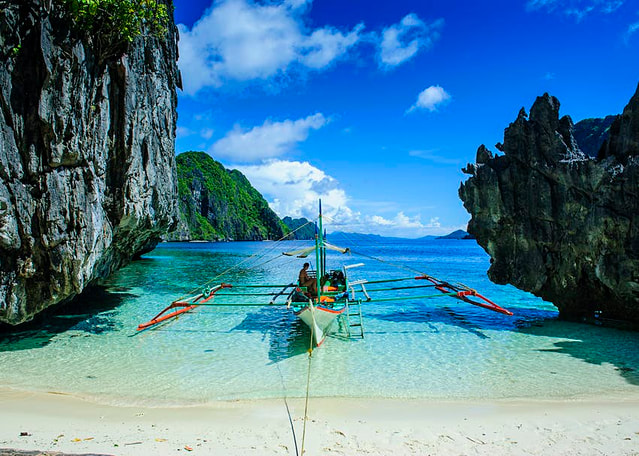
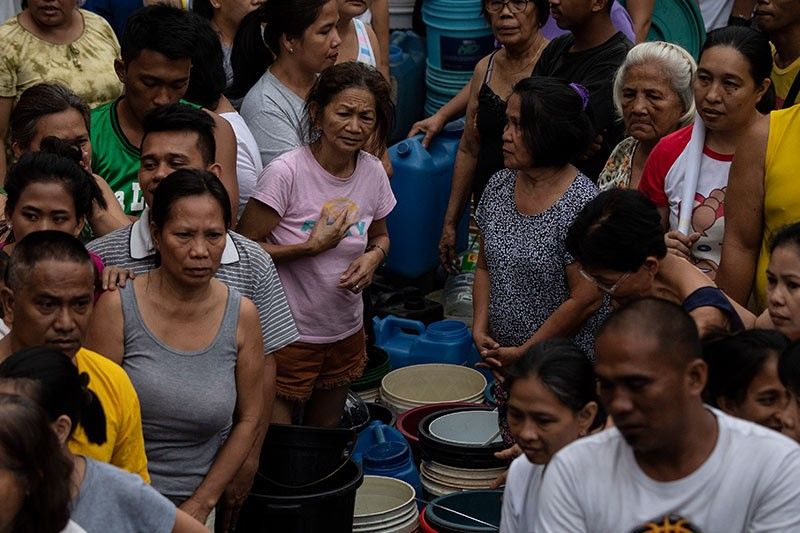
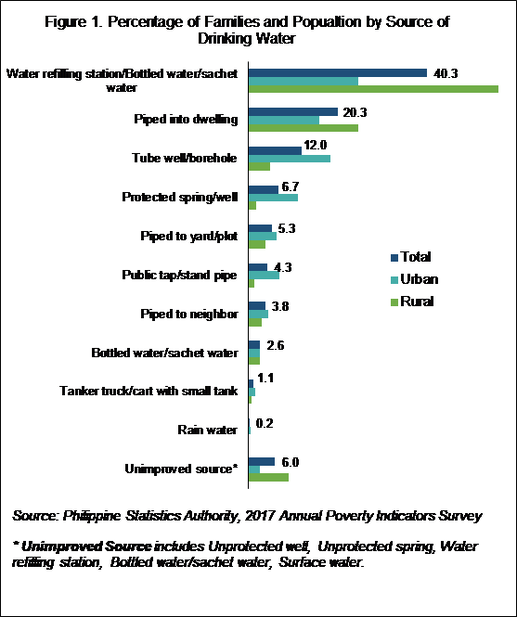
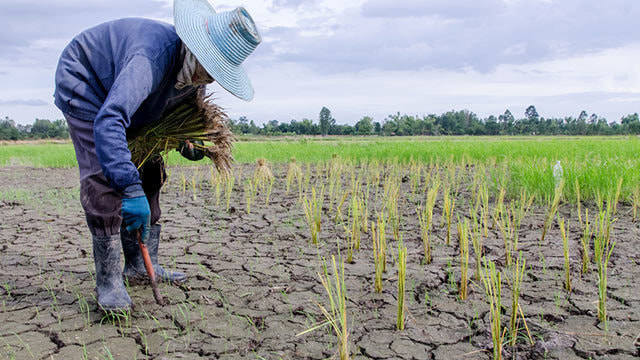
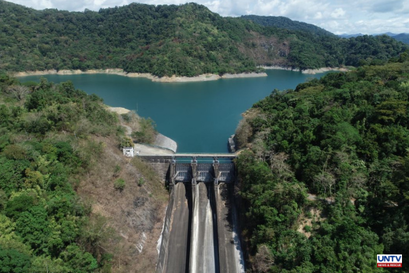
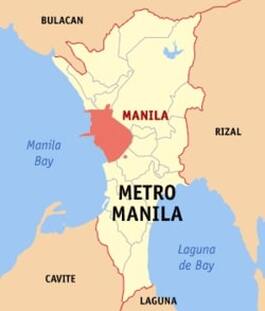
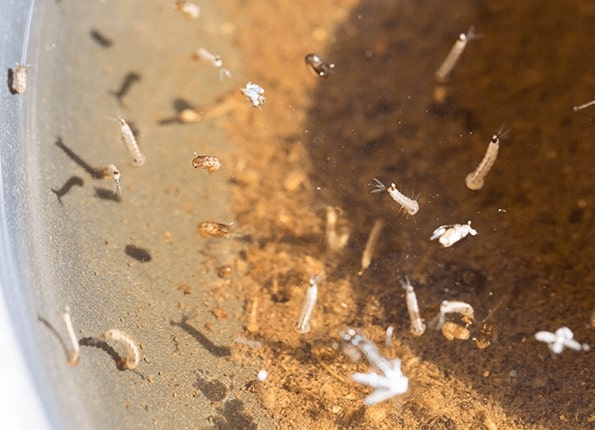
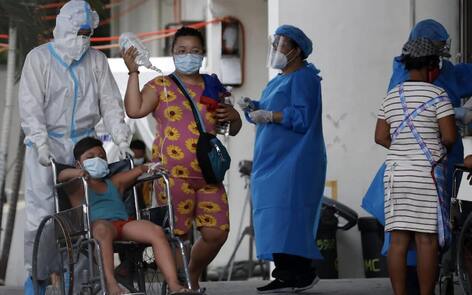
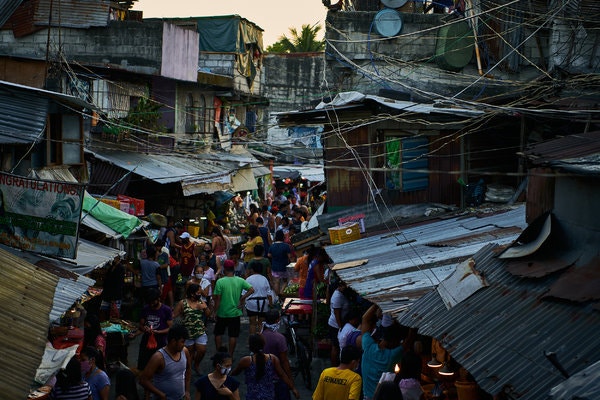
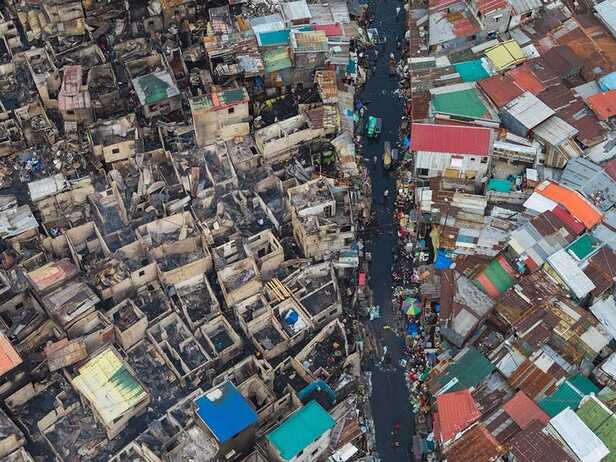
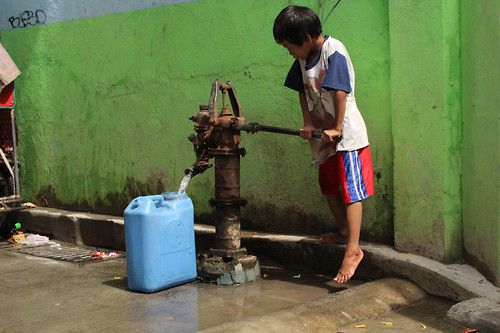

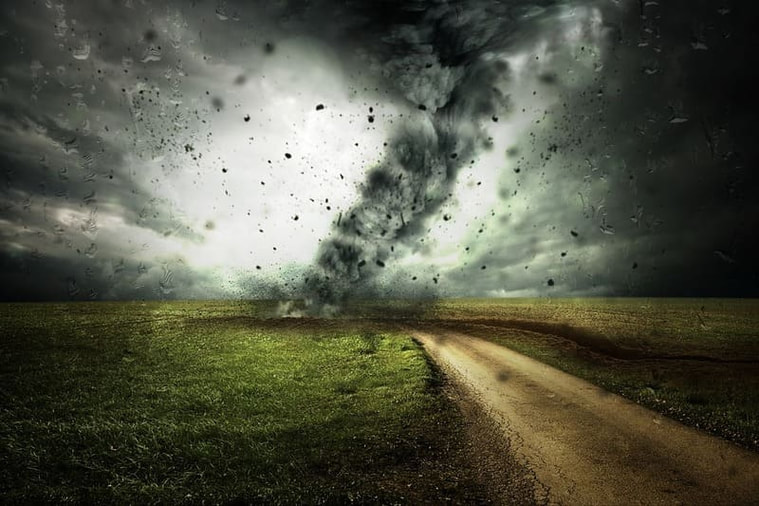
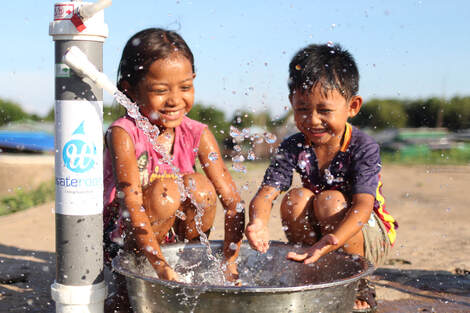
.jpg)